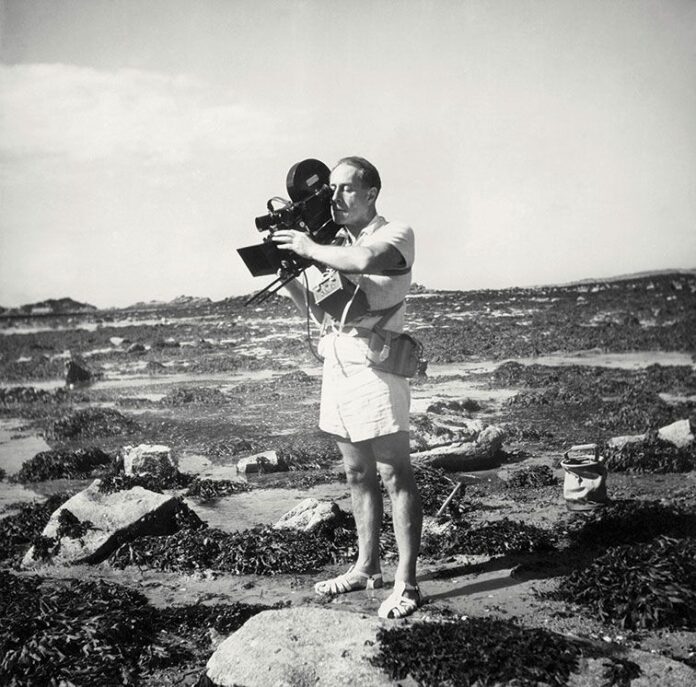An octopus oozes across the seabed, crabs dance balletically among water plants, seahorses bob and entwine in the underwater currents. This is the microscopic world of Jean Painlevé (1902-89), the film-maker and photographer whose extraordinary short films—the vast majority focusing on tiny underwater molluscs and crustaceans—chronicle his dedicated commitment to this unseen world over six decades.
His early associations with the Surrealists in the 1920s and 30s, as well as his place as a pioneer of environmental consciousness, have ensured a continuing interest in his work, with Paris’s Jeu de Paume the latest to mount a show. “It’s all about the way he changed the scale,” says Pia Viewing, the exhibition’s curator. “He took these common crustaceans and looked into them with a microscopic perspective. Painlevé created a depth that takes you further into an abstract world.” It was his ability to get up close and personal with these creatures, and the otherworldly imagery he discovered, that attracted the attention of Surrealist photographers such as Man Ray—Painlevé supplied some footage to Man Ray’s 1928 short film The Starfish. According to the curator, however, Painlevé felt his work had little in common with theirs.
Far more important, she says, is Painlevé’s place in the development of the science film. Having studied zoology at the Sorbonne, he spent much of his time at the marine biology research centre at Roscoff in Brittany. “Most of the films he made were to support scientific research,” Viewing says. “He spent much of his time working on the foreshore, and to me it is a metaphor for Painlevé always being between two zones: between the sea and the land, between art and science.” She says she also hopes the exhibition might raise the profile of Painlevé’s partner and collaborator Geneviève Hamon who, despite working on all his films from 1928, only began to receive regular credits from the late 1950s on. She suspects that Painlevé’s celebrity status as the son of the French prime minister Paul Painlevé may be as much responsible for Hamon being sidelined as any credit-grabbing by the man himself.
It is Painlevé’s contribution to environmental awareness that, in Viewing’s opinion, is the main reason for mounting the show. “The idea behind his work is that education can change your relationship to the world in which you live,” she says. “The stress on sharing scientific knowledge is really the most important point.”
• Jean Painlevé: Feet in the Water, Jeu de Paume, Paris, 8 June—18 September

























